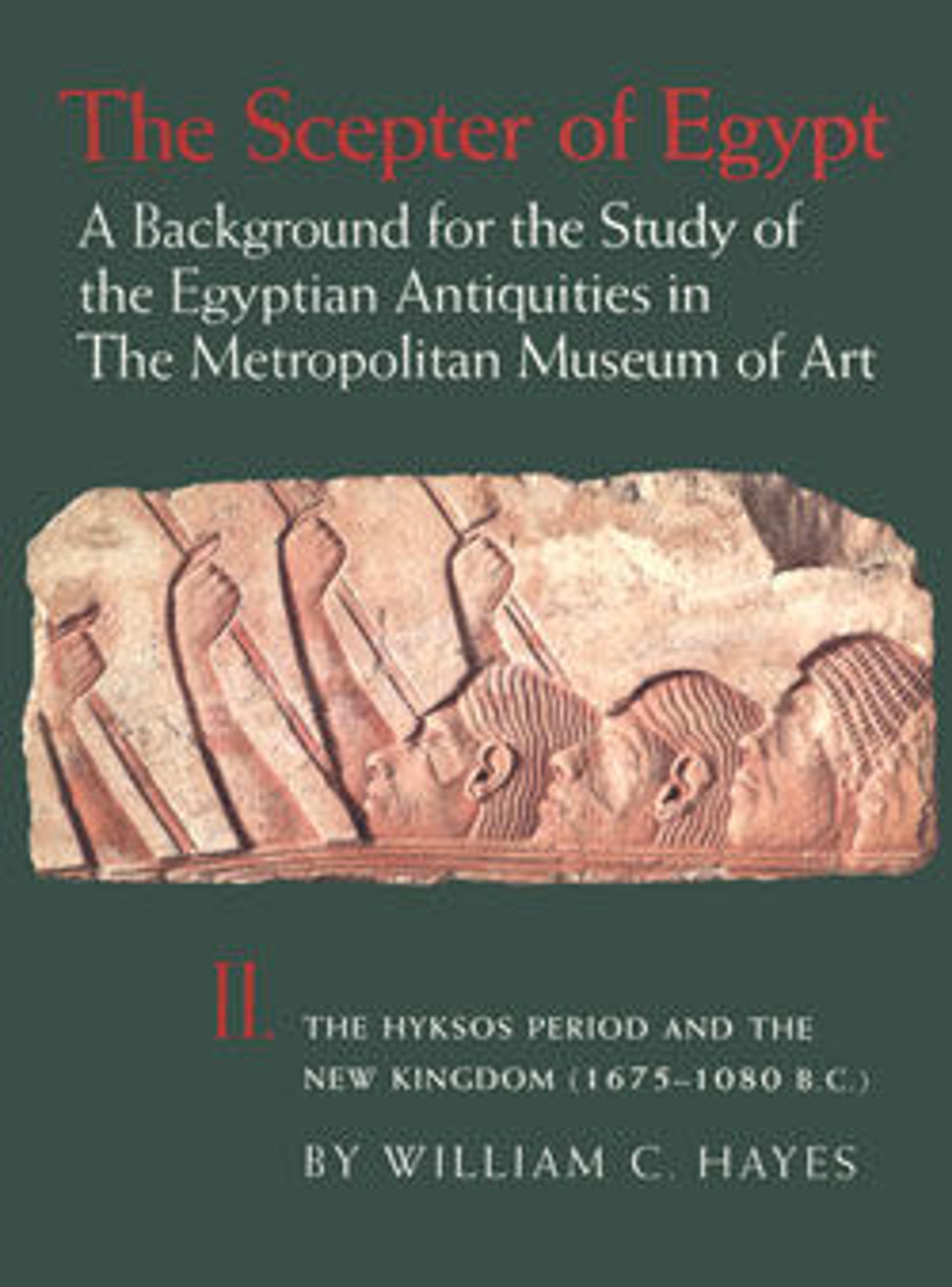Funerary Figure of Akhenaten
Shabtis are small funerary figures intended to perform work that the deceased was called upon to do in the afterlife. To serve this purpose, the figures were inscribed with the shabti spell, chapter six of the Book of the Dead. More than two hundred fragmentary funerary figures inscribed for Akhenaten are known, and their existence suggests that belief in the afterlife and certain aspects of traditional funerary practices survived during the Amarna period. However, Akhenaten's figures are inscribed only with the king's names and titles (see also 66.99.106), not with the standard shabti spell (as seen on 30.8.57).
This figure shows Akhenaten clutching two ankh hieroglyphs rather than the hoe and pick that are more traditional attributes of shabtis (see 26.7.919). He also wears a tripartite wig rather than the nemes headcloth that is more common for royal shabtis (as on 66.99.35 and 66.99.36). The "sfumato" eyes, in which only a minimum of detail is indicated, are a frequent feature of Amarna funerary art (see 66.99.38).
This figure shows Akhenaten clutching two ankh hieroglyphs rather than the hoe and pick that are more traditional attributes of shabtis (see 26.7.919). He also wears a tripartite wig rather than the nemes headcloth that is more common for royal shabtis (as on 66.99.35 and 66.99.36). The "sfumato" eyes, in which only a minimum of detail is indicated, are a frequent feature of Amarna funerary art (see 66.99.38).
Artwork Details
- Title: Funerary Figure of Akhenaten
- Period: New Kingdom, Amarna Period
- Dynasty: Dynasty 18
- Reign: reign of Akhenaten
- Date: ca. 1353–1336 B.C.
- Geography: From Egypt; Probably from Middle Egypt, Amarna (Akhetaten)
- Medium: Quartzite (brown)
- Dimensions: H. 15 × W. 8.4 × D. 5.5 cm (5 7/8 × 3 5/16 × 2 3/16 in.)
- Credit Line: Rogers Fund, 1947
- Object Number: 47.57.2
- Curatorial Department: Egyptian Art
More Artwork
Research Resources
The Met provides unparalleled resources for research and welcomes an international community of students and scholars. The Met's Open Access API is where creators and researchers can connect to the The Met collection. Open Access data and public domain images are available for unrestricted commercial and noncommercial use without permission or fee.
To request images under copyright and other restrictions, please use this Image Request form.
Feedback
We continue to research and examine historical and cultural context for objects in The Met collection. If you have comments or questions about this object record, please complete and submit this form. The Museum looks forward to receiving your comments.
